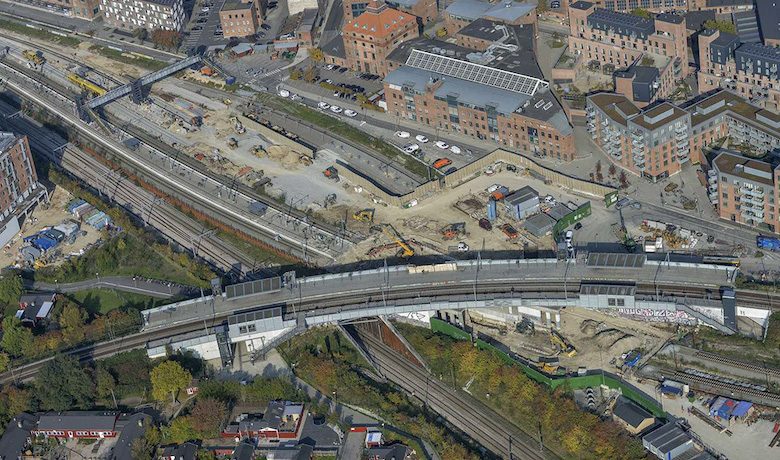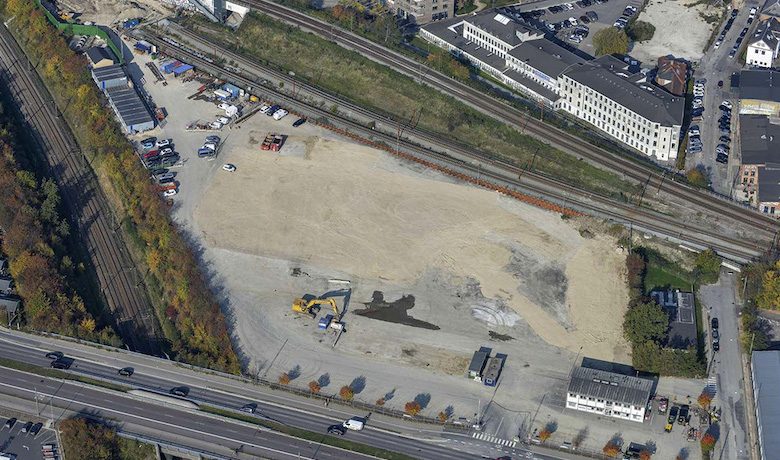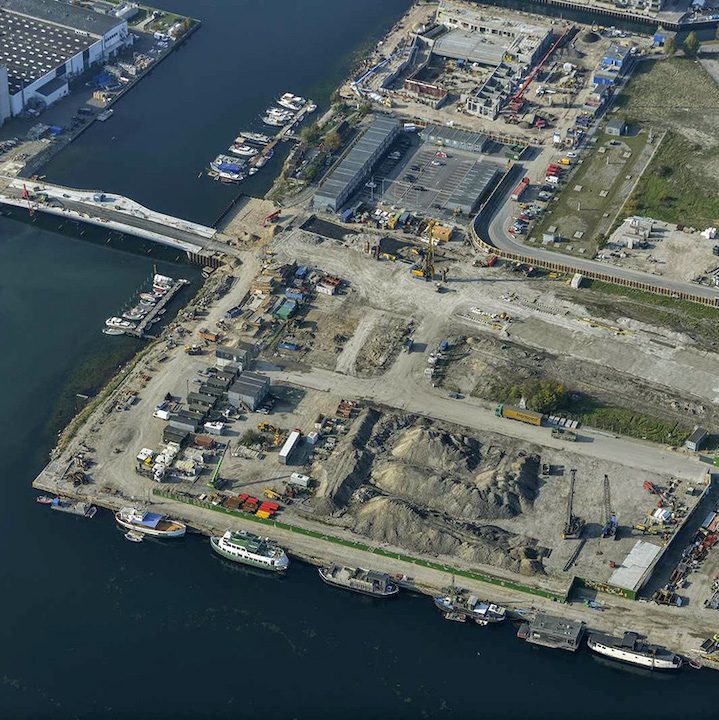Background
This southbound extension of the underground system in Denmark’s capital (named Sydhavn or M4) will be connected to the main ring line (Cityringen) and opened for service in 2024. The new M4 line will complement the initial lines, M1 and M2, which are currently in operation (total length of 20 km) as well as Line M3, also under construction (with service entry set for 2020).
Once these projects have been completed, the capacity of Copenhagen’s underground system, featuring conductor-less trains, will jump from 240,000 to 460,000 passengers a day.









